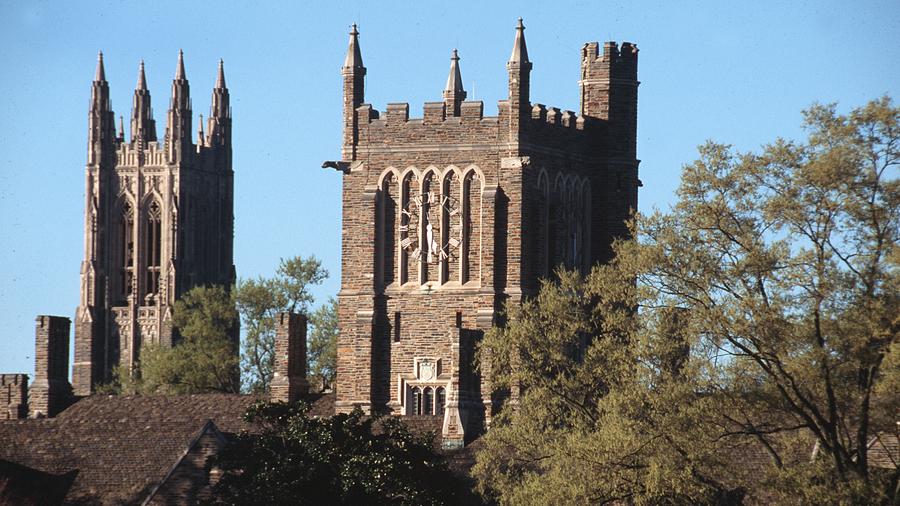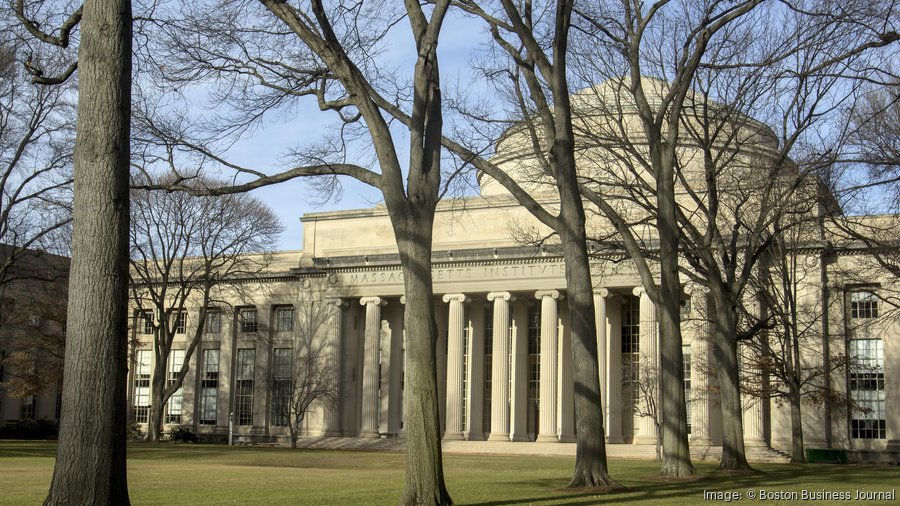College endowments collectively grew by the billions last year even as Covid-19 battered the balance sheets of the private sector. But a closer look at the numbers highlights some troubling trends, namely that much of the growth was concentrated among the wealthiest institutions while the rest of higher ed drew down funds in a desperate attempt to offset the pandemic-related cuts to operations.
A Business Journals analysis of new financial disclosures by 141 private colleges and universities offers an exclusive view of the growing financial and competitive chasms between schools on both ends of the endowment spectrum. As the wealthiest institutions' endowments grew in 2020, endowment funds per student also expanded, providing elite schools with even greater flexibility to retain programs and staffing while providing more financial aid to students and families in need.
SEE ALL THE DATA: Scroll down to access a searchable database of school endowment disclosures for fiscal 2020.
Conversely, schools with fewer resources were backed into a corner last year, forced to cut academic programs, eliminate positions and consider mergers while digging into endowment balances to lessen the pain.
All told, the 141 schools to publicly report results to date booked a 2%, or $6.2 billion, increase in their combined endowment balances at the end of fiscal 2020. The schools collectively had $285 billion in assets as of the latest reporting period, with a median of roughly $455 million per school.
Lost in the group's overall results was the fact that some 77 schools saw their endowment balances fall in 2020, while nearly all of the year-over-year growth was concentrated among 13 schools to report gains of at least $100 million.

Within North Carolina, Duke University saw the second largest one year decline in terms of dollars, behind only Rice University. With an endowment of $8.47 billion, Duke's endowment was off 1.6 percent for a 1-year change of $134,933,000. That translates to $8,126 less per student.

Winston-Salem's Wake Forest University, with a $1.35 billion endowment, had the 16th-largest decline in raw dollars, dropping $25,211,000. That 1.8% percent decline translates to $2,939 less per student.
Elsewhere in North Carolina, Barton College in Wilson saw its $29.99 million endowment slip 1.3%, or $407,115, or $384 less per student. Davidson College saw a 2.8 percent increase, growing its endowment to $889,561,975. That translated to an increase of $24,443,081, an increase of $13,263 per student.
Despite a rocky first quarter in 2020, the nation’s wealthiest institutions largely reported annual gains to their endowments. Some 42 private schools with endowments over $1 billion collectively grew 2.4%. Within that group, 13 schools accounted for $6.7 billion in gains, an increase of more than 4% for that smaller, highest-performing cohort.
Among schools with endowment balances of less than $1 billion, the collective net decline in assets was roughly $230 million. Also worth noting: Seven of the 10 schools to report the largest endowment declines in 2020 also had endowment balances of well over $1 billion — highlighting the fact that some wealthy schools were more willing than others to part with endowment assets amid the economic crisis brought on by the pandemic.
Colleges with fewer resources are more likely to face hard decisions such as layoffs, program cuts and the sale of real estate in order to weather financial hardships brough on by the pandemic. Last year, the National Association of College and University Business Officers and TIAA published their annual study of endowments and found that 774 institutions collectively hold $630 billion in endowment assets, as of June 30, 2019. The median endowment last year totaled $144.4 million and colleges directed 49% of endowment spending to financial aid. NACUBO is expected to publish its fiscal year 2020 study in February.
“Endowments play a very important role in funding the institution,” said Luis Viceira, financial professor and senior associate dean for executive education at Harvard Business School in Cambridge, Massachusetts. “That is a key piece of the funding of the organization and (allows institutions) to increase financial aid and increase the diversity in the student population.”
Although the vast majority of endowment funds are restricted in how they can be spent, specified by the donor, endowment performance is still a useful measure of an institution’s overall financial health. For many institutions, endowment returns are a significant revenue stream, often covering a large portion of operating expenses. Princeton, for example, used endowment returns to cover roughly 40% of its 2020 budget.

Still, there is a common misconception that endowments are a rainy-day fund that can be used by the school in any way that administrators see fit, said Steven Bloom, assistant vice president of government relations at the American Council on Education. In reality, endowments exist to ensure the institution will remain for the long-term. Institutions typically spend 4% to 5% of the endowment's value each year.
Interested in reading more higher education news from The Business Journals? Sign up here for our twice-weekly newsletter covering the latest developments and featuring exclusive interviews with education leaders in this fast-changing sector.
“They aren't a checking account that schools can use with a debit card for any purpose,” Bloom said. “They don't work that way. They're more like mutual funds with, in many cases, thousands of separate funds that have legal restrictions about how they can use the money, dictated by their donors.”
However, endowments do reveal the size and wealth of an institution, Bloom added.
“Fiscal year 2020 endowment return experiences are reflective of an institution’s financial and operational health,” said Margaret Chen, head of the global endowment and foundation practice at Cambridge Associates, the Boston-based investment firm. “Market action, portfolio return, Covid-19 expenses and fundraising success were plus or minus contributions to the 2020 bottom line.”
The largest 2020 endowment declines include Beloit College in Wisconsin, which saw its endowment fall 36% in 2020 to $87.7 million; Assumption University in Worcester, Massachusetts’ endowment fell 20% to $82.9 million in 2020; and Macalester College in St. Paul, Minnesota’s endowment fell 8% to $662.8 million. Assumption spent $18 million from its endowment to finance a new health sciences facility.
For its part, Beloit College used unrestricted board designated endowment assets to pay off bonds and swap liability of $26.9 million and $7.8 million, respectively, according to Beloit’s 2020 audited financial report.
The endowment figures include growth from investment gains and losses while also reflecting fundraising and withdrawals during the fiscal 2020 academic year. Seven schools — including Bates College in Lewiston, Maine; Vanderbilt University in Nashville, Tennessee; and Stetson University in DeLand, Florida — reported year-over-year endowment growth of at least 10%, while 74 reported declines.
This story was published in partnership with the Walton Family Foundation as part of a project in which The Business Journals will report news and analyze national trends shaping higher education in America.
